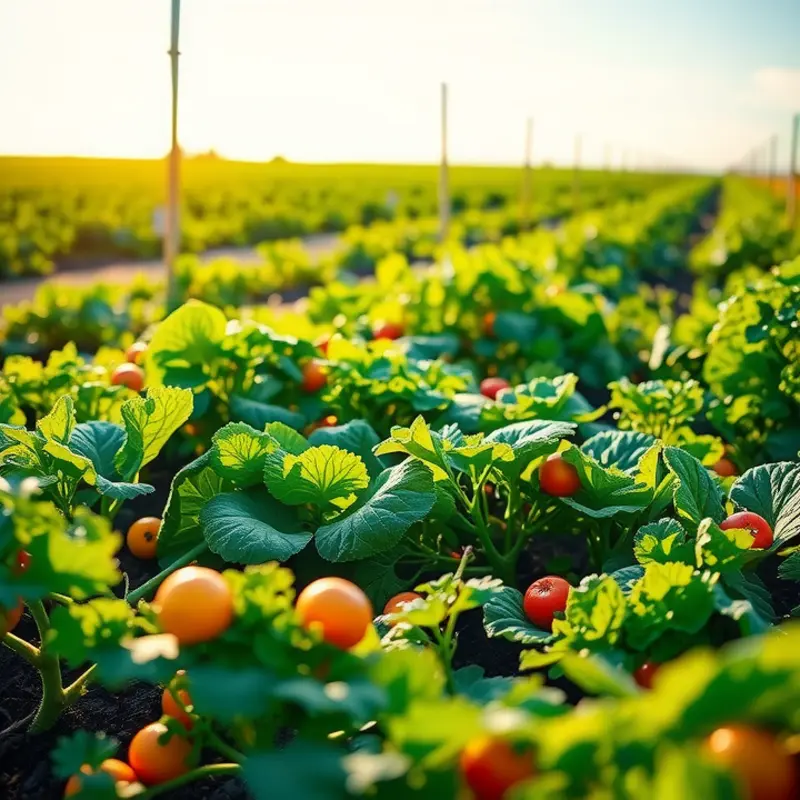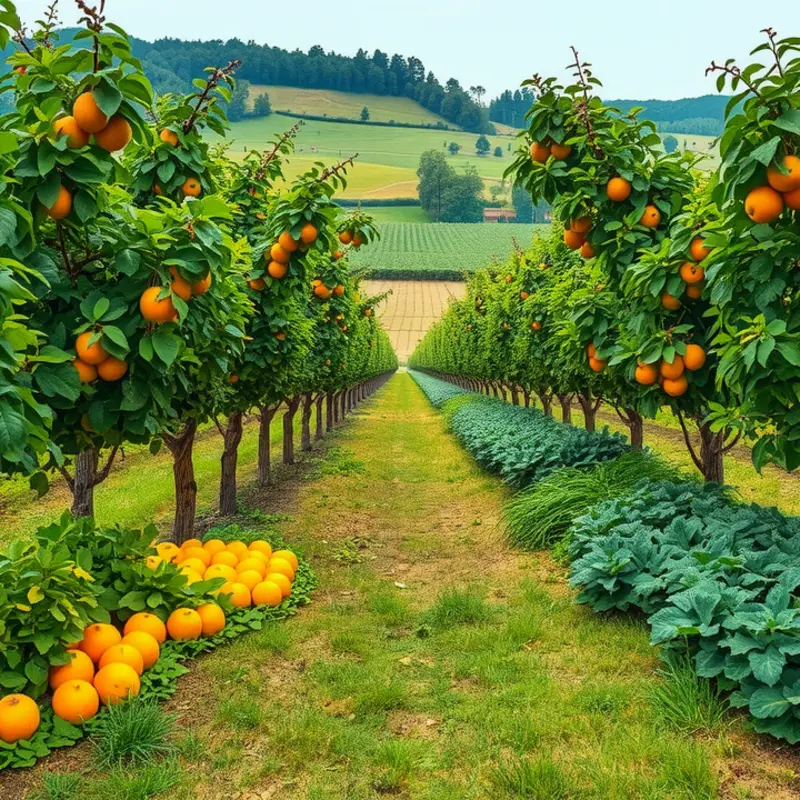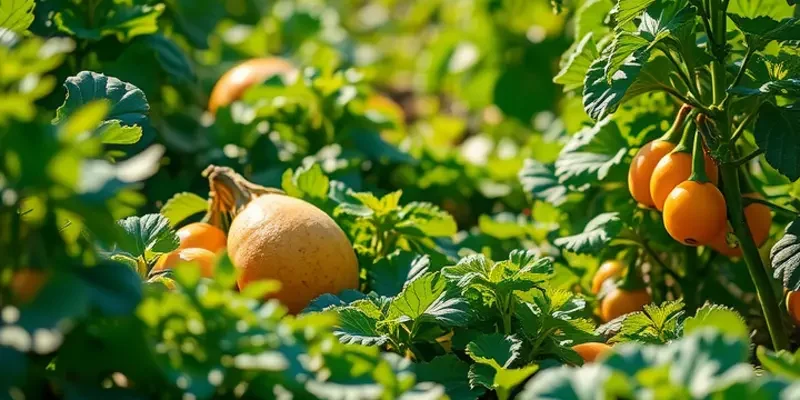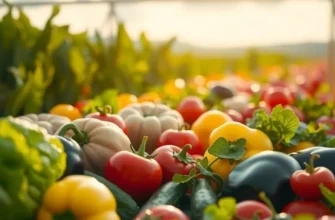Cooking can be a joy, but dealing with splatter from frying or sautéing can be a frustrating part of the experience. Not only does splatter create a mess, but it can also lead to burns and damage to your kitchen surfaces. Thankfully, there are simple strategies that can help home cooks of all levels minimize pan splatter. By following these practical tips, you can enjoy a cleaner, safer, and more enjoyable cooking process.
Essential Techniques for Reducing Splatter

Cooking can be an enjoyable and therapeutic activity, but the resulting splatter can transform a relaxing experience into a chore. Mastering a few foundational techniques can significantly minimize this issue. Let’s explore how adjusting heat levels, using appropriate lids, and selecting the right cookware can lead to a cleaner, more efficient cooking process.
One of the simplest yet most effective methods to reduce splatter is adjusting your heat levels. High heat often causes ingredients to react violently, especially when moisture is involved. By lowering the temperature, you promote a gentler cooking process. This minimizes the aggressive boiling or frying that typically causes grease and liquid to leap from the pan. Thus, maintaining a moderate heat not only reduces splatter but can also prevent burning and ensure even cooking.
Using lids correctly can also serve as a valuable method to tackle splatter. A well-fitting lid acts as a shield that not only traps heat for efficient cooking but also prevents grease and other liquids from escaping the confines of the cookware. When cooking dishes that require simmering, such as sauces or stews, keeping a partial vent by slightly tilting the lid can balance steam release and splatter reduction. By doing so, you harness the lid’s shielding properties without trapping too much steam.
Selecting the appropriate cookware is crucial in managing splatter effectively. Pans with high sides can contain food better and prevent oil or sauce from spilling over. Non-stick cookware is particularly beneficial in reducing the amount of oil required for cooking, thereby decreasing potential splatter. Ensure your pan is not overcrowded, as this leads to uneven cooking and increased splattering when moisture is released from densely packed ingredients. Lightweight splatter screens can be a handy addition, providing an extra layer of protection without interfering with the cooking process.
Moreover, to further optimize your kitchen environment when reducing splatter, consider how the type of ingredients might contribute to the issue. Leaner cuts of meat tend to render less fat, thereby diminishing excessive grease splatter. Experiment with ingredients and techniques to find what minimizes mess best in your kitchen setup.
Incorporate these practical techniques into your cooking routine to reduce kitchen chaos significantly. By controlling heat, leveraging lids efficiently, and selecting the right cookware, you can master the art of reducing splatter. This paves the way for a more enjoyable and less cleanup-intensive cooking experience. For additional methods to enhance your kitchen practices, explore minimal prep dinner ideas to complement these techniques seamlessly.
Advanced Tips for a Splash-Free Kitchen

Once you’ve settled into the realm of basic splatter control, the journey doesn’t end there. Elevate your kitchen prowess with advanced techniques that keep your space tidy while cooking delicious meals. Central to these techniques is the use of specialized tools, an understanding of ingredient moisture, and smart cooking sequences.
Lidding and Splatter Screens
A tried-and-true method in minimizing splatter is to use a well-fitted lid during cooking. This not only traps heat for more efficient cooking but also keeps oil and moisture contained. Make sure to use a lid with a steam vent to prevent boiling over or accumulating excess condensation, which can later contribute to more splatter when uncovered.
For situations where a lid isn’t practical—like when you’re browning or aiming for a crisp texture—splatter screens are invaluable. These mesh covers diffuse the force of droplets, allowing steam to escape without sacrificing stovetop cleanliness. Opt for a screen with a sturdy handle for easy placement and removal.
Understanding Moisture Content
Recognizing the moisture level of your ingredients can drastically affect splatter. Foods with high water content, such as tomatoes or mushrooms, naturally release moisture when heated. To mitigate the splattering, consider pre-roasting or sautéing such ingredients. Reducing their moisture before they hit the pan minimizes the explosive reaction of water meeting hot oil.
Additionally, thoroughly drying ingredients—especially meats—using a paper towel before cooking can substantially decrease splatter. By removing surface water, you diminish the chaotic eruption that often happens as droplets encounter hot oil.
Strategic Ingredient Introduction
Incorporating ingredients in strategic order is another key technique. Start by heating your oil first. This ensures it’s hot enough to quickly sear ingredients, thereby creating a barrier that retains juices and reduces splatter. As mentioned in Easy Sauce Simmering, the protocol for cautious heat management can be highly effective in controlling splatter while enhancing flavors.
In cases where you need to introduce liquids, aim to gently pour them along the side of the pan rather than directly over the heat source. This prevents a sudden temperature shift that causes violent bubbling and splatter.
Temperature Control and Adjustment
After understanding the interaction of ingredients with heat, it’s crucial to manage cooking temperatures efficiently. Start cooking at a moderate temperature and gradually increase it as needed. Sudden high heat causes violent reactions with oil and water, leading to increased splatter.
Similarly, don’t hesitate to adjust your flame or heating element down once food is sizzling comfortably. Maintaining a steady, controlled simmer or sear is key to managing kitchen cleanliness and achieving a perfectly cooked dish.
Incorporating these advanced techniques requires practice and attention, but they pay off by keeping your cooking area just as inviting as your culinary creations. As you continue refining your methods, you’ll find less cleanup needed, leaving more time to savor your favorite dishes and explore new recipes.
Final words
Reducing pan splatter is an attainable goal for any home cook. By implementing the techniques and advanced tips shared in this guide, you can minimize mess, avoid burns, and maintain a cleaner kitchen. Remember that practice is key; the more you employ these strategies, the more instinctive they will become. Your cooking experience not only becomes more enjoyable, but you’ll also find it safer and less stressful. Embrace these tips, and take pride in achieving a neat cooking environment while delighting in the art of culinary creation.







